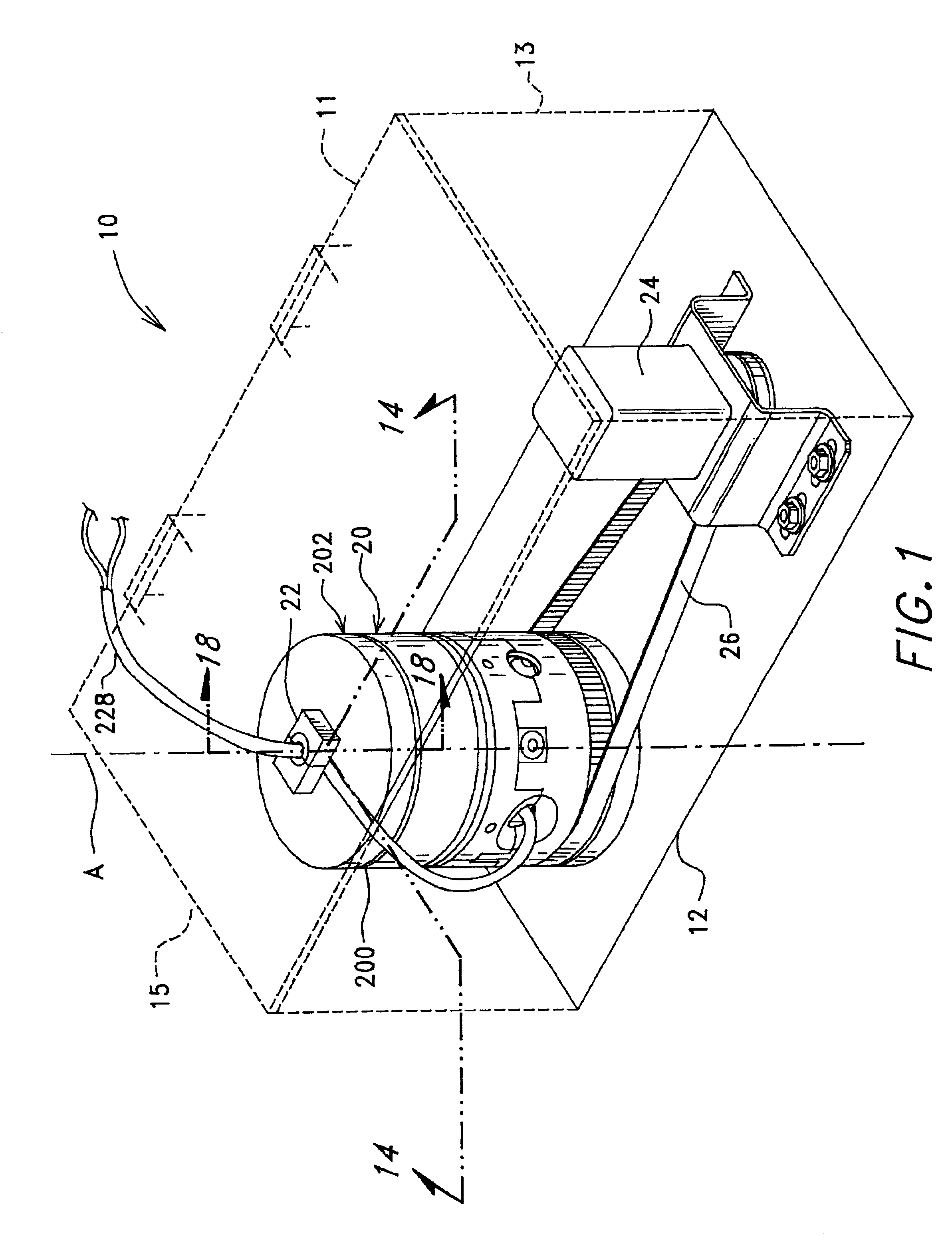Methods of isolating blood components using a microcentrifuge and uses thereof
a technology of microcentrifuge and isolating blood components, which is applied in the direction of centrifuges, instruments, prostheses, etc., can solve the problems of large extracorporeal volume (i.e., the amount of blood that is out of the donor at any given time during the process), difficult or impossible to use discontinuous systems on people, and difficult to control the hematocrit of the final produ
- Summary
- Abstract
- Description
- Claims
- Application Information
AI Technical Summary
Benefits of technology
Problems solved by technology
Method used
Image
Examples
example 1
Transfecting Buffy Coat with an LMP-1 Adenovirus Construct
[0303]The buffy coats isolated according to the methods of this invention may be used for genetic transformations. For example, a sample of whole blood was separated using a centrifuge device of this invention to isolate buffy coat. The isolated cells were washed and counted, and then transfected with the LMP-1 Adenovirus as disclosed in a copending U.S. patent application to Medtronic, Inc., which is specifically incorporated herein by reference. The results of one such experiment are shown in Table 1. In this experiment, the surgery date was Nov. 28, 2000 and the sacrificing date was Jan. 2, 2001.
[0304]
TABLE 1RESULTS: RABBIT EXPERIMENT #36GROSSANIMALPALPATIONFUSIONRADIOGRAPHSCT SCANNo.LeftRightSTATUSLeftRightLeftRightOBSERVATIONS172420 μg / 4M2 or 3+2 or 3+F4+4+pHIShLMPtGene Box17252+2+F4+4+1726R = 6.0 / 4M3+3+F4+4+AdenovirusGene Box17273+2+F4+3+Right side infectionCODE SYSTEM: B = bone NB = no bone F = fused NF = no fusion FT ...
example 2
Preparation of Bioadhesive Sealant Composition Using Platelet Rich Plasma and Serum
[0306]6 cc's of platelet rich plasma are drawn into receiving chamber 961 and 3 cc's of either platelet rich plasma (PRP) or platelet poor plasma (PPP) are drawn into receiving chamber 957 which further contains 0.33 cc's of 10% calcium chloride and glass wool. Clotting of the contents will occur in two to eight minutes in receiving chamber 957. The clot is then squeezed through optional filter 958, and the serum produced therefrom is added to the platelet rich plasma contained in receiving chamber 961 by either mixing or spraying the two components. The platelet rich plasma and the serum will gel within approximately three minutes.
[0307]The application of the gel using the syringe-type devices 902 as described above maybe less than desirable for may applications. Consequently, in an alternate embodiment the inactive blood component and thrombin can be mixed and / or injected into a mold having a desire...
PUM
| Property | Measurement | Unit |
|---|---|---|
| Fraction | aaaaa | aaaaa |
| Shape | aaaaa | aaaaa |
Abstract
Description
Claims
Application Information
 Login to View More
Login to View More - R&D
- Intellectual Property
- Life Sciences
- Materials
- Tech Scout
- Unparalleled Data Quality
- Higher Quality Content
- 60% Fewer Hallucinations
Browse by: Latest US Patents, China's latest patents, Technical Efficacy Thesaurus, Application Domain, Technology Topic, Popular Technical Reports.
© 2025 PatSnap. All rights reserved.Legal|Privacy policy|Modern Slavery Act Transparency Statement|Sitemap|About US| Contact US: help@patsnap.com



